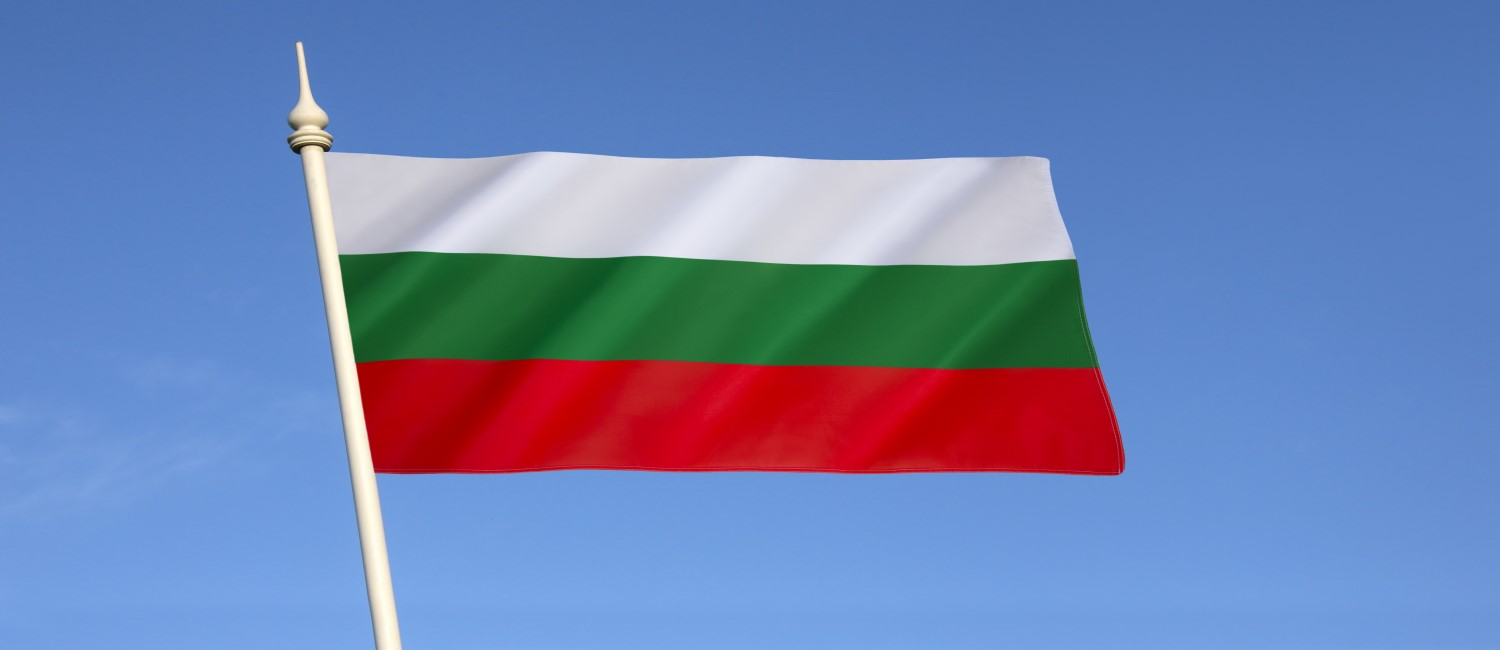One of the most comprehensive anti money laundering (AML) frameworks is possessed by Canada. It is governed by the Proceeds of Crime (Money Laundering) and Terrorist Financing Act (PCMLTFA) and also enforced by FINTRAC. In this blog post, we’ll be talking about Canada’s AML efforts to align with FATF standards, the future of AML developments in the country, and how you can best fit in the compliance space.
What Are the Key AML Laws in Canada?
There are several important laws regarding AML in Canada. As we’ve mentioned above, the Proceeds of Crime (Money Laundering) and Terrorist Financing Act (PCMLTFA) puts forth the most important obligations like customer due diligence (CDD), know your customer (KYC) checks, as well as filing suspicious transaction reports (STRs), large cash transaction reports (LCTRs), and electronic funds transfers (EFTRs). The Criminal Code of Canada is there to detail what money laundering offenses are and it also prescribes penalties. The Canadian sanctions regime is enforced under the UN Act; the act requires firms to screen and comply with financial sanctions.
Who Regulates AML Compliance in Canada?
The Canadian government is said to have invested over $379 million in the last five years to enhance the effectiveness of Canada’s AML/ATF Regime. The goal is to strengthen compliance, financial intelligence, information sharing, and investigative capacity to support money laundering investigations and combat sanctions evasion. So, it’s only natural that there are several regulators involved in the AML compliance environment of Canada. FINTRAC is the financial intelligence unit. The unit receives STRs and analyses them to later share findings with firms and regulators. The Office of the Superintendent of Financial Institutions (OSFI) deals with federally regulated financial firms and enforces AML/CTF rules on them. The Royal Canadian Mounted Police (RCMP) investigates major financial crime cases, as well as the Canada Revenue Agency (CRA) detecting tax evasion schemes and the misuse of corporate structures. Finally, the Canada Border Services Agency (CBSA) is there to enforce international currency reporting and controls.
Which Entities Are Subject to AML Obligations?
Let’s talk more about the AML obligations different sectors are subjected to in Canada. Banks and credit unions should be conducting CDD, monitoring transactions and accounts for suspicious activities, and reporting the findings accordingly. Money Service Businesses (MSBs) are required to verify customers, register with FINTRAC as well as flagging large or unusual transactions. Securities dealers and investment firms are also affected by strict KYC and ongoing monitoring requirements. The real estate sector is dealing with high-risk scenarios, and this leads to them needing to closely monitor customers and ownership structures.
Casinos are not exempt from requirements; they are also obligated to report the large cash transactions and suspicious betting behaviour they observe. Life insurance companies should be applying EDD for clients of higher-risk, while monitoring for suspicious claims or policy manipulations. Precious metals and stones dealers are tasked with KYC, record-keeping, and transaction reporting since these luxury goods can be used for money laundering. Finally, VASPs should be registering with FINTRAC, as well as applying KYC controls. These controls help create a safer country in terms of financial crime.
What Are Canada’s Customer Due Diligence (CDD) Requirements?
There are several steps to completing CDD within your company without missing any detail which might lead to financial crime. Before entering a collaboration with the customer, you should be collecting personal data like full name, address, date of birth, and occupation. The next step involves verifying these personal information through reliable documents that are government-issued like passports and driver’s licenses, and electronic verification methods can also be used. Afterwards, ongoing monitoring should be a top priority, with adjustments made based on your customer’s risk level. Companies should also identify the Ultimate Beneficial Owner (UBO) of the company, which in Canada’s case means that any natural person who owns or controls 25% and beyond in a company. The identification helps protect transparency in ownership structures.
When Is Enhanced Due Diligence (EDD) Required?
There are several scenarios for when enhanced due diligence (EDD) is required for a customer. One reason for applying stricter measures is customers who are linked to high-risk jurisdictions, since these typically have weaker AML controls or they are subject to international sanctions. Another one that brings out EDD is politically exposed persons (PEPs) and their close associates, as well as heads of international organizations (HIOs), since these are more likely to be exposed to financial crime.
Your company should be applying EDD for cases that involve complex ownership structures, shell companies, or trusts. The true beneficial owner could be hidden in these cases, which is a red flag. Finally, transactional anomalies like unusual patterns and behavioural inconsistencies should also lead to EDD.
What Are the Reporting Obligations Under Canadian AML Law?
There are several obligations to meet if you're a company operating in Canada. Firstly, STRs should be filed whenever a suspicious activity occurs regarding a customer's account or transactions. Suspicion of money laundering of terrorist financing should urge you to file STRs accordingly. Large cash transaction reports (LCTRs) are, as you can guess, filed when a large amounts of money is sent via a transaction. The threshold amount for reporting is CAD 10,000 or more. Electronic funds transfer reports (EFTRs) cover wire transfers of the same threshold and more. Moreover, terrorist property reports (TERRs) should be filed if you discover a terrorist or terrorist organisation owned property. Cross-border reports (CBRs) include international transactions of over CAD 10,000 or more and the filings should be submitted to the Canada Border Services Agency.
How Is Virtual Asset Regulation Evolving in Canada?
The rising popularity of virtual assets and digital platforms in Canada brings with it a need for stricter regulation. VASPs are treated as Money Services Businesses (MSBs) under the PCMLTFA; it should be registering with FINTRAC and comply with their obligations. These companies should also be implementing full KYC and CDD procedures for dealing with customers, keep detailed records, while also filing all of STRs, LCTRs, and EFTRs. To align more with the Travel Rule, a recent update demands that VASPs collect and keep the sender and receiver information of crypto transfer of over CAD 1,000.
What Are AML Requirements for Canada’s Real Estate and Casino Sectors?
There are specific requirements regarding AML put in place for real estate and casino sectors in Canada. When it comes to real estate, professionals should be conducting client identity verification for both buyers and sellers. Ongoing monitoring for unusual activity and filing of STRs or LCTRs when thresholds are passed or suspicious activity appears is also required. For casinos, there are requirements of implementing real-time monitoring of gaming and cash transactions, reporting of high-value plays or cashouts, and flagging of any suspicious activity that looks like structuring, layering, or other laundering techniques. Compliance with these regulations will bring you safety and security in risky sectors like real estate and casinos.
What Are the Penalties for AML Non-Compliance in Canada?
The penalties for AML non-compliance are severe in Canada and vary according to the complexity of the crime committed. Administrative sanctions include fines that can go up to CAD 500,000. The breaches include the failure to file appropriate reports or maintaining proper records within your company. For more serious violations, there can be criminal penalties, which include imprisonment of up to five years and unlimited fines caused by money laundering and terrorist financing. Since FINTRAC may publicly disclose your non-compliance, your company can suffer reputational risks, including losing customer trust and investor confidence.
In December 2024, Exchange Bank of Canada was fined CAD $2.46 million by FINTRAC for failing to report suspicious transactions, inadequate monitoring of high risk clients, and missing large cash transaction reports. The case shows the severity of financial fines given by FINTRAC.
Recent AML Developments in Canada [2024–2025]
There were many updates within the AML environment in the last year. The PCMLTFA now covers new sectors like crowdfunding platforms. These platforms are now required to implement KYC, transaction monitoring, and reporting obligations. Beneficial ownership registries are the main focus of 2025. They are now strengthened to help avoid the misuse of corporate structures, and to create a more transparent environment. The obligations will start from October 1, 2025 under the Money Laundering Act. Just as FATF recommendations suggest, Canada has made follow-ups for the previous compliance gaps reported by entities.
Moreover, British Columbia has now launched a real estate task force initiative. The initiative is there to target high-risk property transactions and ensure better regulatory reviews of real estate professionals. Public Safety Canada held a meeting of over 1,400 AML investigators and prosecutors in Feb 2025 to discuss rising threats like organized crime, drug trafficking, financial crime and co-ordinate responses. The efforts Canada puts in to achieve full AML compliance can be gathered from here, with more developments to come.
How Can Sanction Scanner Help with AML Compliance in Canada?
Our compliance experts provide solutions to make sure your company’s actions are aligned with FINTRAC and PCMLTFA requirements. With real-time screening, your company can check customers and transactions against sanctions lists, watchlists, PEP lists, and adverse media. Sanction Scanner supports ongoing transaction monitoring to detect suspicious activity. Also, the risk scoring feature creates separate risk levels to divide customers into low, medium, and high-risk based on their information. Sanction Scanner also keeps audit-ready logs and reporting to make your job easier when it comes to potential inspections and investigations.
FAQ's Blog Post
Canada enforces AML rules under the Proceeds of Crime (Money Laundering) and Terrorist Financing Act (PCMLTFA).
FINTRAC is Canada’s main AML regulator overseeing reporting entities and compliance programs.
Banks, credit unions, casinos, securities dealers, MSBs, and real estate firms must comply with AML rules.
Businesses must file suspicious transaction reports (STRs), large cash transaction reports, and terrorist property reports.
Non-compliance can result in administrative fines, criminal charges, and reputational damage.
Canada is a FATF member and aligns its AML regime with global standards and periodic evaluations.
Sanction Scanner supports Canadian firms with KYC, transaction monitoring, and FINTRAC-compliant reporting tools.




